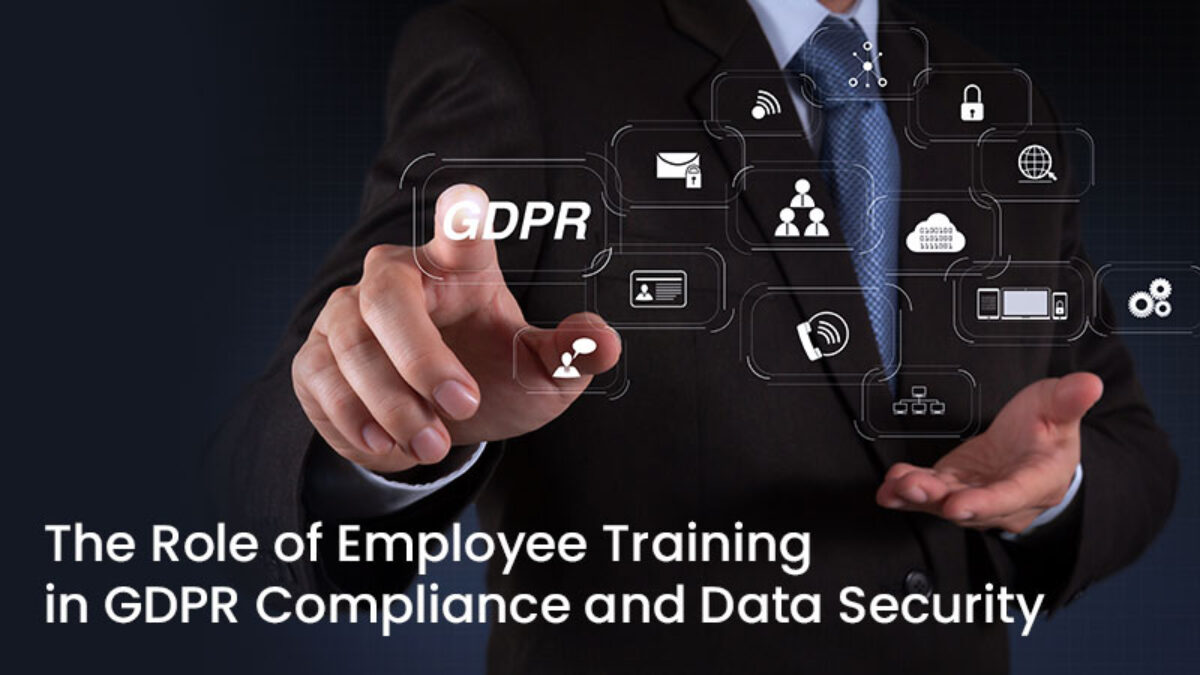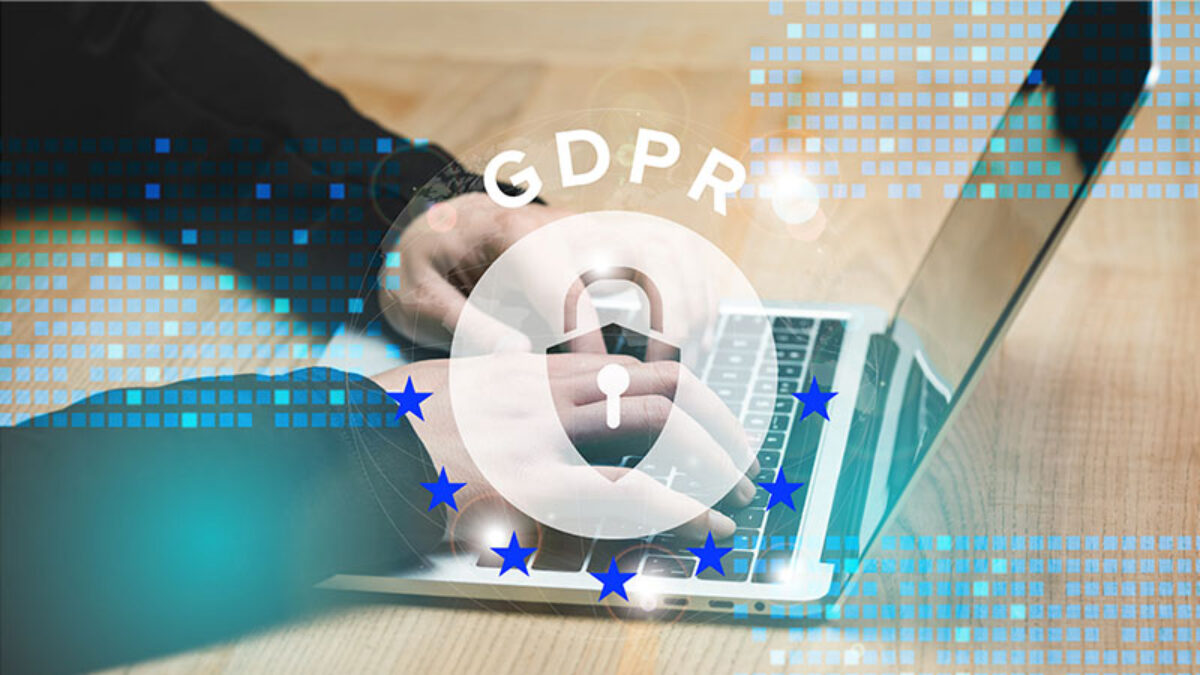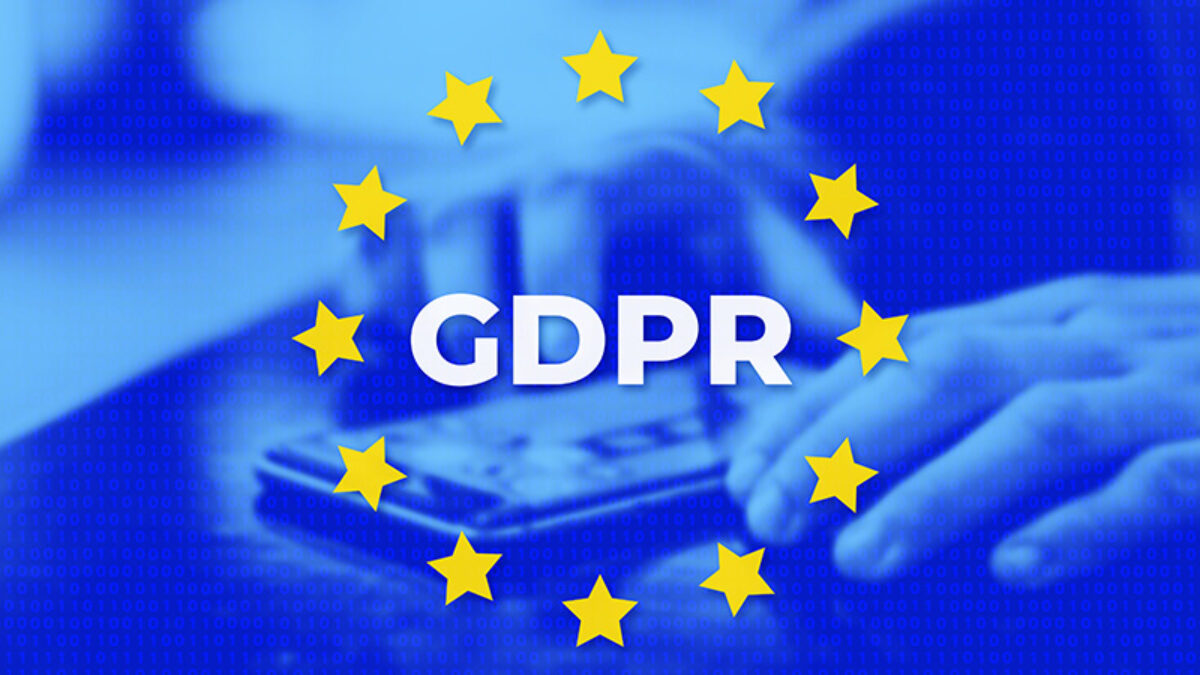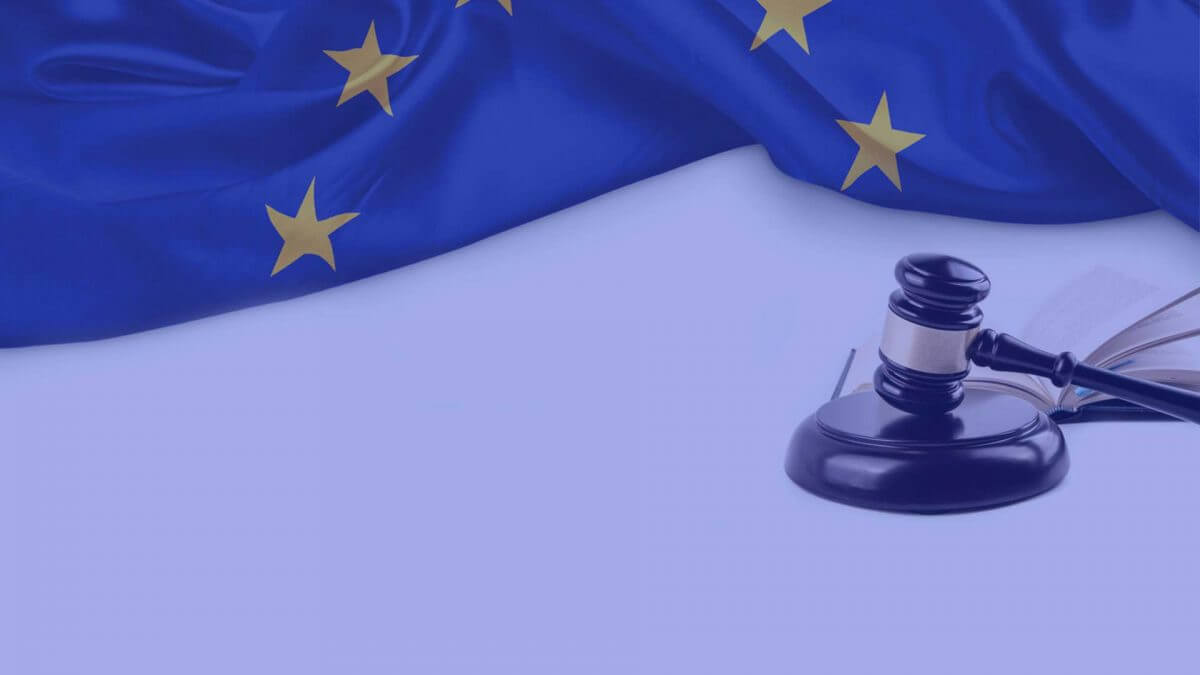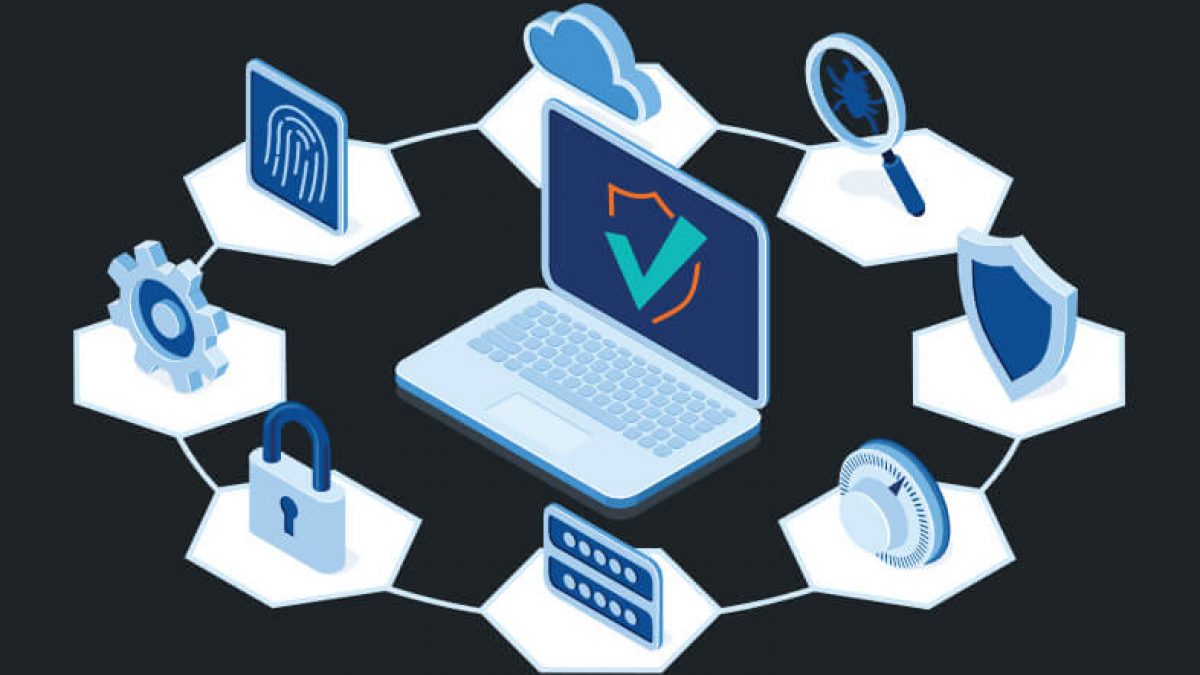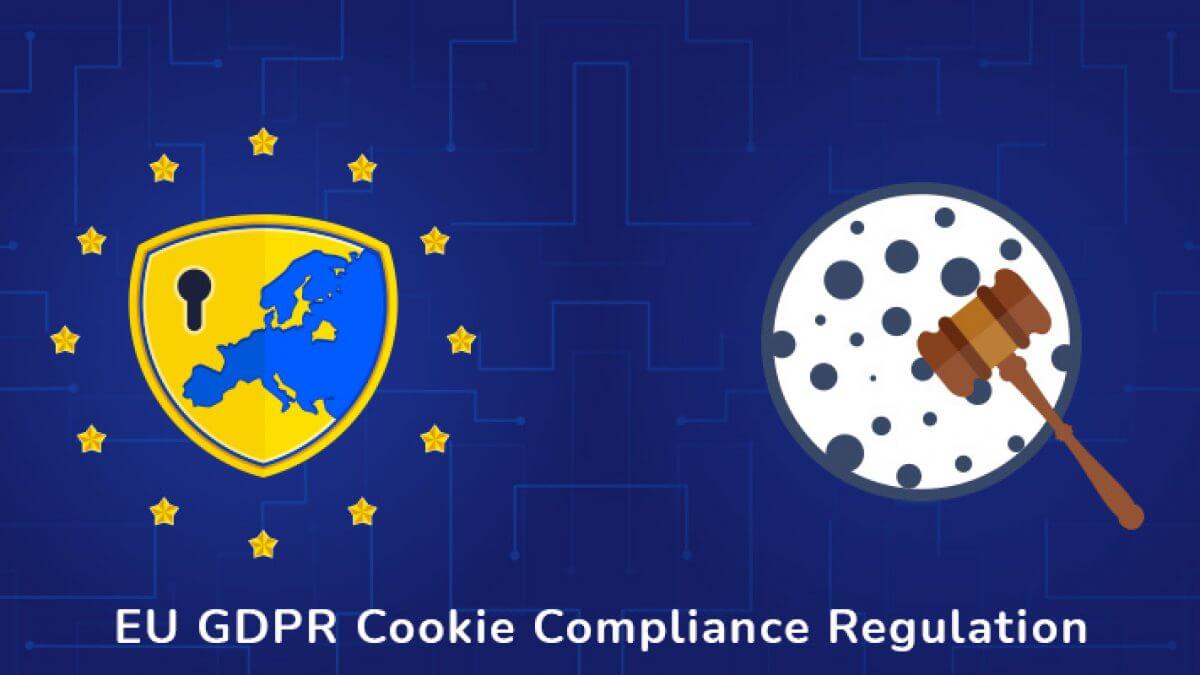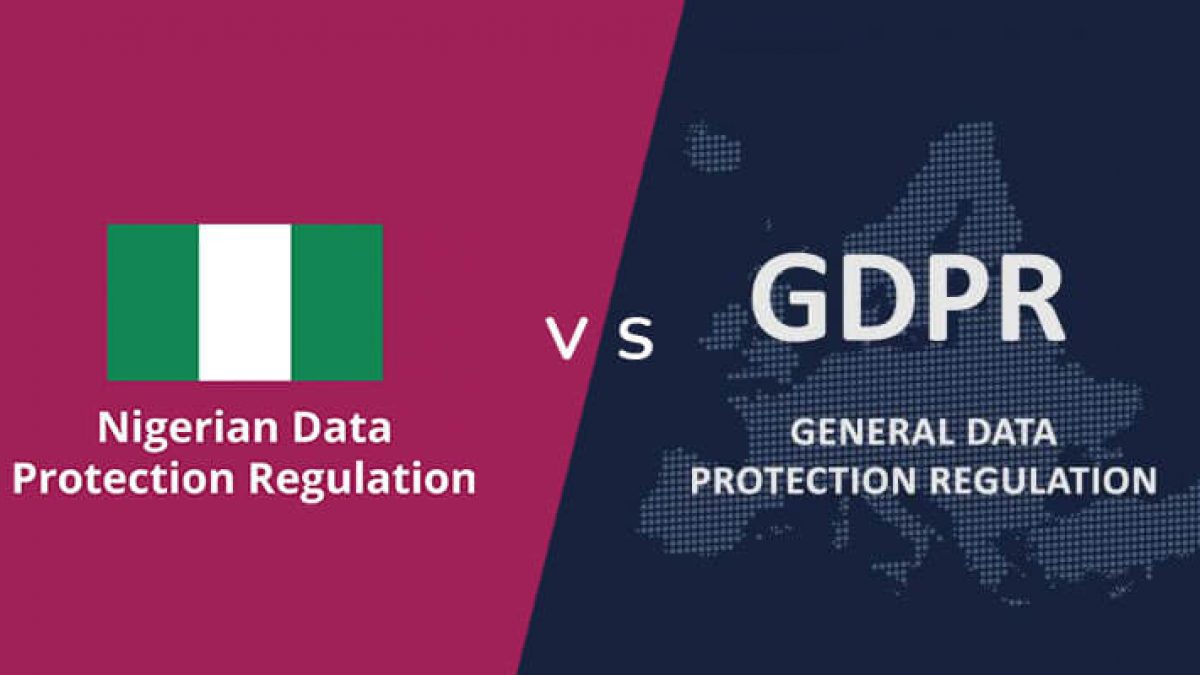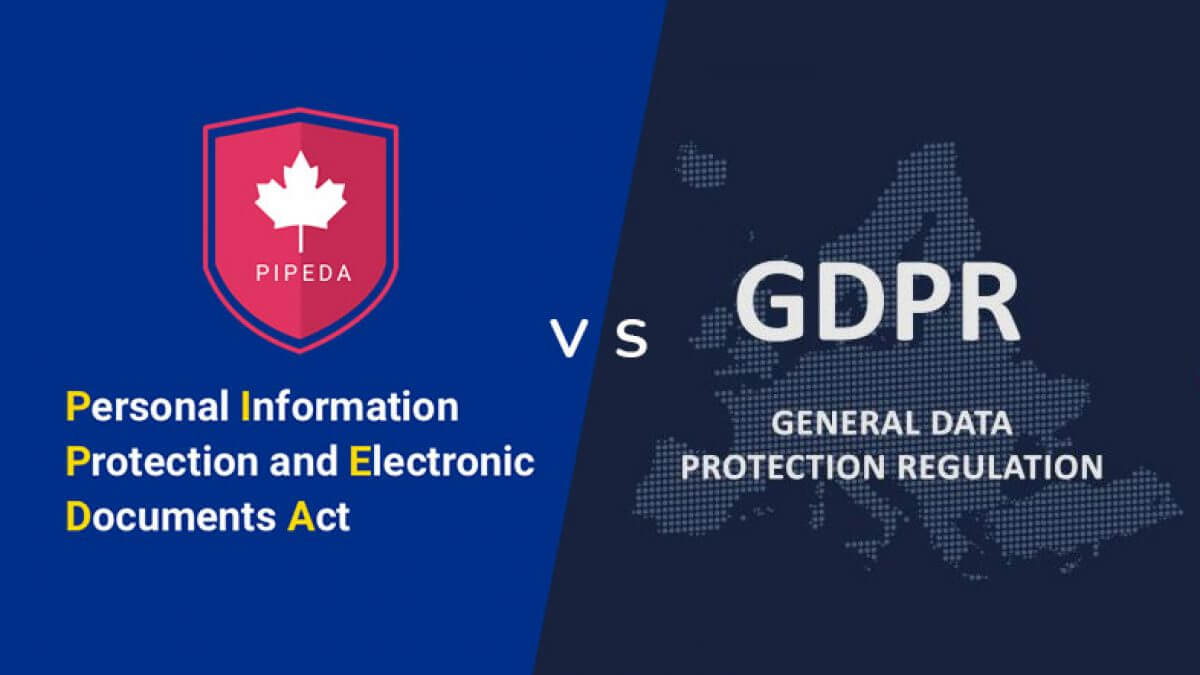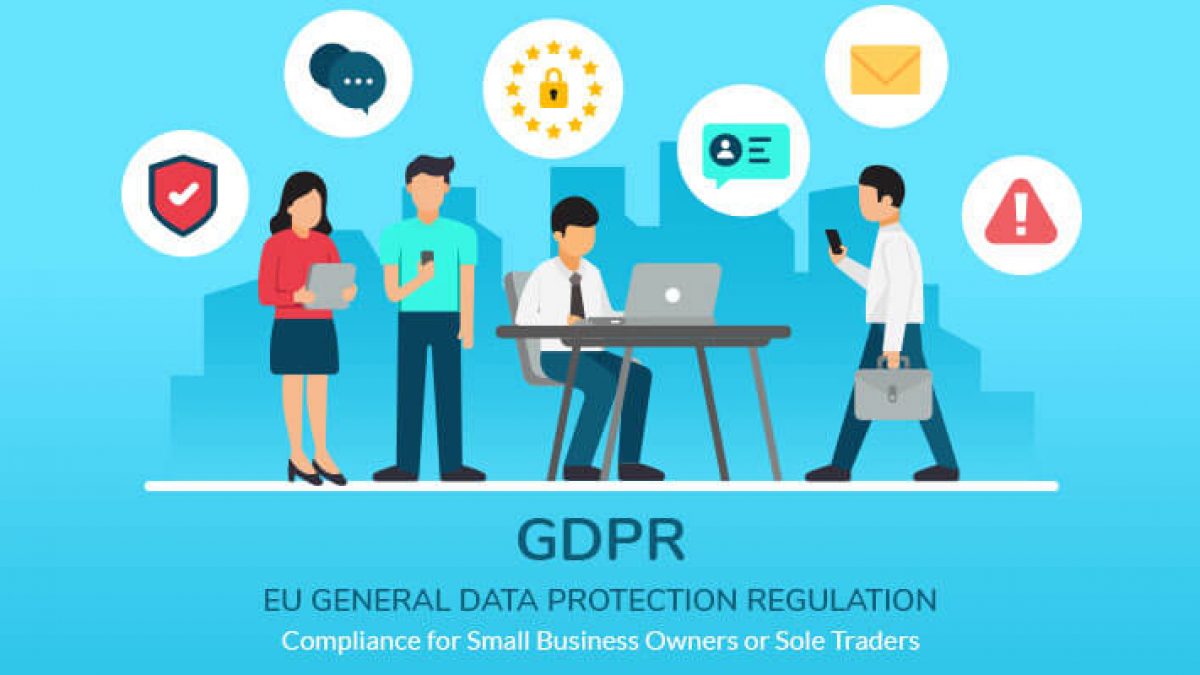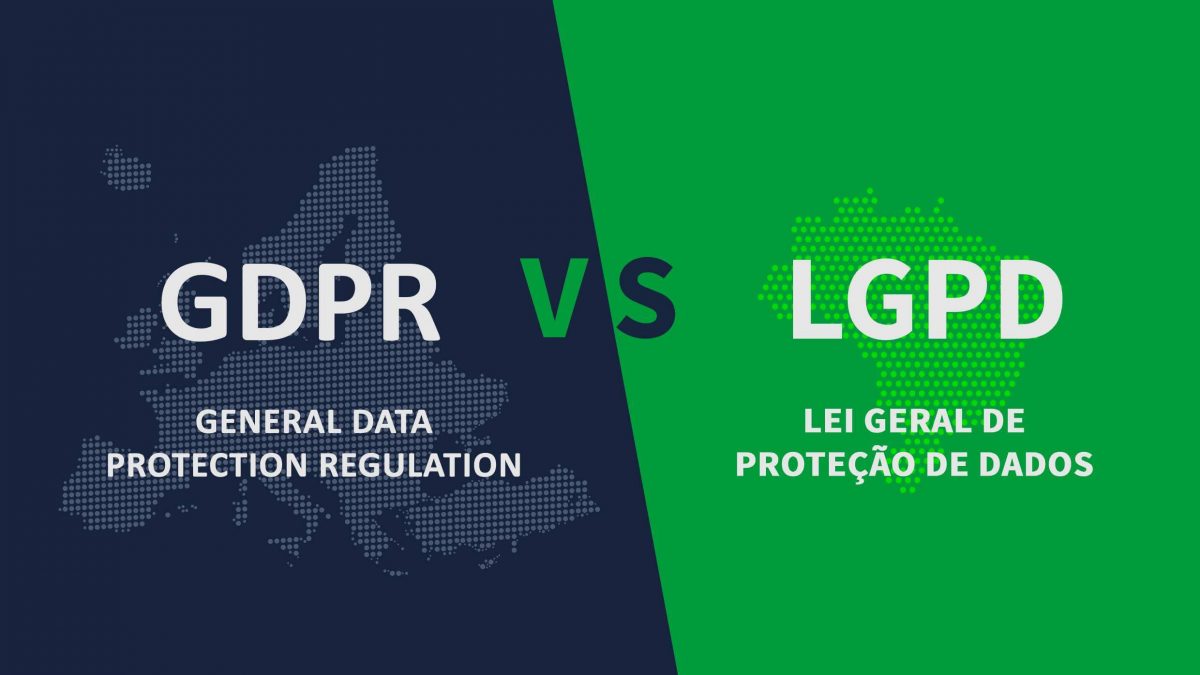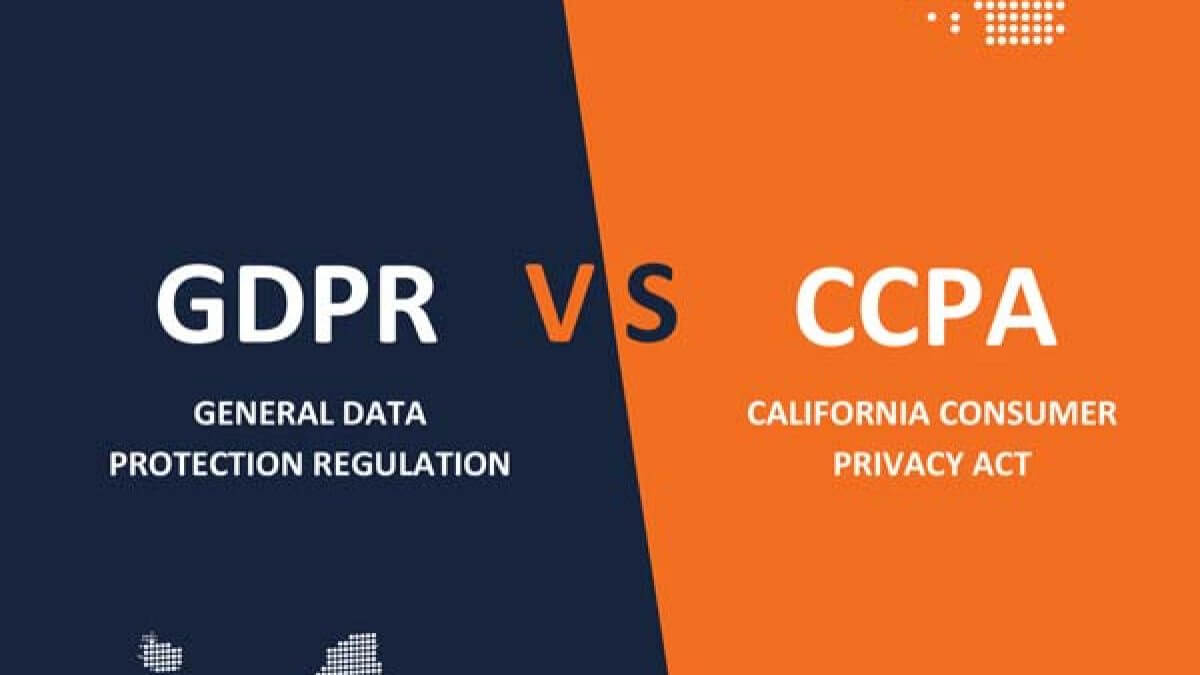How to comply with GDPR regulation?
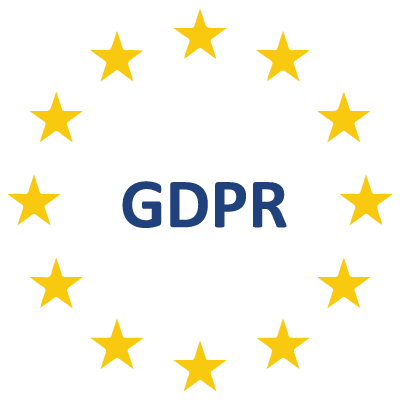
Understanding the GDPR: A Need for Compliance
In today’s data-driven world, organizations handle vast amounts of personal information. This raises concerns about data privacy and the need for robust safeguards. The European Union’s General Data Protection Regulation (GDPR) emerged as a pivotal response to these concerns, establishing a stringent framework for data protection and privacy across the EU. Implementing GDPR compliance can seem daunting, but understanding its principles and adhering to its requirements is essential for organizations that process personal data of EU residents.
The GDPR sets forth a comprehensive set of principles and requirements aimed at empowering individuals with control over their personal data and ensuring that organizations handle it responsibly. It applies to any organization that processes the personal data of EU residents, regardless of the organization’s location.
At the heart of the GDPR lies the concept of data protection by design and by default. This means that organizations must consider data privacy from the outset of any data processing activity and implement measures that minimize the amount of personal data collected and processed.
The GDPR also establishes a range of individual rights, empowering individuals to access, rectify, erase, restrict, and object to the processing of their personal data. Organizations must be able to respond to these requests in a timely and transparent manner.
7 Steps to Achieve GDPR Compliance
Achieving GDPR compliance requires a structured approach that encompasses all aspects of data processing activities. Here’s a step-by-step guide to help you navigate the process:
Step 1
Understand the GDPR legal framework
Understand the EU GDPR’s objective — providing citizens control over their data. The compliance journey starts with an in-depth comprehension of the regulation, followed by a compliance audit against the GDPR legal framework.
GDPR Applicability: Understanding your role as a Controller or Processor
The GDPR applies to organizations that handle personal data, categorizing them as either ‘Controllers’ or ‘Processors’. Each category carries distinct responsibilities and obligations under the regulation.
Controllers: Determining data processing purposes and means
Controllers are entities that determine the purposes and means of processing personal data. They hold primary responsibility for ensuring that data processing activities adhere to GDPR principles. Even when engaging a Processor to handle personal data, Controllers remain accountable for compliance. The GDPR imposes additional obligations on Controllers to ensure their contracts with Processors align with GDPR requirements.
Processors: Handling data on behalf of Controllers
Processors are entities that process personal data on behalf of Controllers. They act on instructions provided by Controllers and are responsible for implementing appropriate technical and organizational measures to protect the data. As Processors, organizations have specific legal obligations under the GDPR, including maintaining records of personal data and processing activities. They bear legal liability if their actions contribute to a data breach.
Understanding your Organization’s role
To determine whether your organization falls under the Controller or Processor category, consider the following questions:
- Does your organization collect personal data directly from individuals?
- Does your organization determine the purposes and means of processing personal data?
- Does your organization have direct access to personal data?
If you answered ‘yes’ to any of these questions, your organization likely acts as a Controller. If you process personal data on behalf of another entity that determines the purposes and means of processing, you are likely a Processor.
Step 2
Maintain data inventory
Identify and map personal data by identifying all sources of personal data within your organization. Map the flow of this data throughout your systems and processes to understand how it is collected, stored, used, and shared. In adherence to GDPR regulations, establish a comprehensive data processing inventory, known as ‘records of process activities’ per Article 30. It is essential to internally maintain a record of all processing activities and make them accessible to supervisory authorities upon request.
Step 3
Respond to Data Subject Rights (DSR) requests
Establish procedures to handle data subject requests promptly and effectively, ensuring GDPR compliance for DSR fulfillment. Provide individuals with easy-to-understand information about their rights, responding within prescribed timeframes. The General Data Protection Regulation (GDPR) empowers individuals with control over their personal data through a range of data subject rights (DSRs), including the right to access, rectify, erase, restrict, and object to the processing of their personal data. Organizations must establish robust procedures to handle DSRs promptly and effectively, ensuring that individuals can exercise their rights without undue burden. Effective DSR fulfillment is an integral part of GDPR compliance and essential for building trust with individuals.
Step 4
Comply with cookie laws
Obtain clear and informed consent from individuals before collecting or using their personal data. Ensure that consent requests are easily accessible and understandable and provide individuals with the ability to withdraw their consent at any time. Adhering to GDPR, ensure lawful, transparent, and fair usage of cookies. Complying with GDPR’s stringent requirements for obtaining consent is crucial, especially regarding cookie usage on websites and mobile apps.
Step 5
Perform Privacy Impact Assessment and Data Protection Impact Assessment (PIA/ DPIA)
PIA/DPIA plays a vital role in GDPR compliance by identifying and minimizing privacy risks associated with data processing. It fosters proactive adherence to legal requirements, enhances decision-making, demonstrates accountability, and ensures compliance with data protection principles. The documented assessments serve as evidence for supervisory authorities and support a risk-based approach to data protection.
Step 6
Adopt a Privacy By Design approach
Embed data privacy considerations into your data processing activities from the start. Minimize the amount of personal data collected, limit data retention periods, and implement pseudonymization and anonymization techniques where appropriate.
Step 7
Conduct regular audits and reviews
Regularly audit your data processing activities to ensure ongoing compliance with the GDPR. Review your data governance framework, privacy policies, and security measures periodically to adapt to changing requirements.
Failure to Meet GDPR requirements: The Cost of Non-Compliance
Failure to comply with GDPR regulations can result in significant fines and reputational damage. Organizations that breach GDPR requirements face fines of up to €20 million or 4% of global annual turnover, whichever is higher. Additionally, non-compliance can erode trust among customers, partners, and stakeholders.
Streamlining compliance by using GDPR software solution
Meeting GDPR requirements is simplified with GDPR software solutions as they reduce the manual and complex efforts by automating tasks, providing centralized data management, and facilitating risk assessments. These solutions can help organizations:
- Identify and map personal data: Automated data discovery tools can scan systems and networks to identify and classify personal data.
- Manage data subject requests (DSRs): Dedicated DSR management modules can streamline the process of receiving, tracking, and responding to DSRs.
- Conduct data privacy impact assessments (DPIAs): Integrated DPIA tools can guide organizations in assessing the risks associated with data processing activities.
- Maintain compliance documentation: Software solutions can assist in maintaining up-to-date records of data processing activities, privacy policies, and compliance documentation.
How Mandatly Helps?
- Data Inventory and Mapping: Gain visibility into personal data you have collected, retained, and processed by centralizing all your system and processing activities and keep data inventory up to date for “lookback” and fulfill subject access requests.
- PIA/DPIA: Perform risk assessment with Mandatly compliance software solution which offers pre-defined templates, relevant workflows and automatic assessment of the risk and impacts of risk-informed decision making with records of every action performed during the assessment process.
- DSAR Management: Our DSAR solution automates your Data Subject Request process to gain efficiency and saves your time and resources.
- Privacy by Design (PbD): We enable you with privacy control monitoring to ensure that your products, applications, databases, and networked IT systems are designed to comply with the Privacy by Design and by Default principles.
- Accountability and Governance: We provide pre-defined roles and responsibilities to handle the privacy procedure with utmost accuracy and accountability.
- Reporting: We offer a reporting feature built into the system to get a holistic view of the compliance program for different stakeholders.

